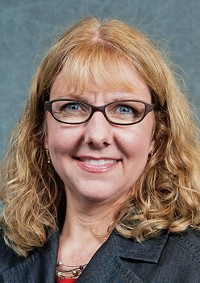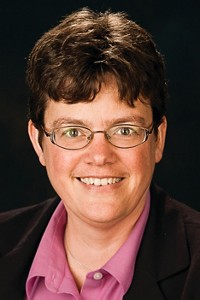Advertisement
Grab your lab coat. Let's get started
Welcome!
Welcome!
Create an account below to get 6 C&EN articles per month, receive newsletters and more - all free.
It seems this is your first time logging in online. Please enter the following information to continue.
As an ACS member you automatically get access to this site. All we need is few more details to create your reading experience.
Not you? Sign in with a different account.
Not you? Sign in with a different account.
ERROR 1
ERROR 1
ERROR 2
ERROR 2
ERROR 2
ERROR 2
ERROR 2
Password and Confirm password must match.
If you have an ACS member number, please enter it here so we can link this account to your membership. (optional)
ERROR 2
ACS values your privacy. By submitting your information, you are gaining access to C&EN and subscribing to our weekly newsletter. We use the information you provide to make your reading experience better, and we will never sell your data to third party members.
Policy
ACS Guidelines: Past, Present, And Future
by Madeleine Joullié, Director, District III
July 28, 2008
| A version of this story appeared in
Volume 86, Issue 30

OVER THE YEARS, the American Chemical Society has approved and promulgated two important documents on behalf of its members and their employers: the Professional Employment Guidelines and the Academic Professional Guidelines. These guidelines are recommended practices for employment and are intended to foster productive working relationships between chemical professionals and their employers.
The society’s focus on professionalism can be traced back to the period following World War I with the birth of the chemical industry and the industrial revolution. Before that time, the society’s membership and its focus were primarily academic. The focus on the professional lives and economic status of chemists became more important than ever during the Great Depression and the period of unionization following World War II. In response to the challenges of the day, the ACS Committee on Professional Relations & Status began in 1947.
During the 1950s and ’60s, professional chemists and the chemical enterprise experienced a period of growth, good conditions, and job security. However, the major recession that took place in the early 1970s changed the industrial landscape. Mass terminations became a frequent occurrence, and many people were unemployed. Chemists turned to the society for help, and ACS governance answered the call.
Over the years, the governance committees’ names have changed. In 1967, the Council Committee on Professional Affairs (CPR) replaced the previous committee, and in 1970, the Council Committee on Economic Status (CES) was started. In 1993, CPR and CES were combined to form the Council Committee on Economic & Professional Affairs, which continues to have responsibility for both sets of guidelines.
PROFESSIONAL EMPLOYMENT GUIDELINES The Guidelines for Employers were first issued in 1971 as an attempt by the society to advise employers on the proper treatment of chemical professionals. The document was quite controversial and was the subject of extensive debate among the members of CPR, ACS Council, and the board. This initial offering outlined “minimal guidelines” for employer conduct.
The guidelines also served as a basis for annual assessments of employers. Guidelines for employees were added to the document in 1975, and the title changed to the Professional Employment Guidelines.
Today, the Professional Employment Guidelines offer a broad spectrum of recommended practices in employment for professional scientists and their employers. The document includes four major sections: Beginning Employment, Employment Environment, Professional Development, and Involuntary Termination.
The guidelines are truly a “living document” that responds to the changes in the chemical enterprise. They are now in their seventh edition and are about to be revised again. The definition of a chemical professional is very different from the definition of a chemist that was the subject of much controversy in the original document. It has since been enlarged to cover contract employees. There are also many additions that cover a multitude of possible situations that did not exist previously (see www.acs.org/careers).
ACADEMIC PROFESSIONAL GUIDELINES. These guidelines complement the broader ACS Professional Employment Guidelines to provide assistance on special issues of concern to chemical scientists in the academic environment.
These guidelines, first approved in 1991, apply to those “members of the academic community whose job function impacts directly or indirectly on scientists practicing the profession of chemistry.” For brevity, the term “chemical scientist” is used broadly in these guidelines to refer to undergraduate and graduate students, postdoctoral and research associates, technicians, staff members, and all part-time and full-time faculty members involved in chemical sciences and engineering.
These guidelines have also been revised, and the fourth revision was approved by the council on April 9 and will likely be approved by the board at the Philadelphia meeting in August. The definition of a chemical scientist is also very broadly defined, and as with the Professional Employment Guidelines, many of the recommendations will depend on the financial situation of the institution.
Although ACS cannot mandate the guidelines to be followed, they serve well as guides for the identification and solution of problems that can arise from time to time in any employment situation. Some may consider the guidelines idealistic, but they remind us all that the general level of professional behavior for both employers and employees should be improved if we wish to live in a better
world.
Views expressed on this page are those of the author and not necessarily those of ACS.





Join the conversation
Contact the reporter
Submit a Letter to the Editor for publication
Engage with us on Twitter